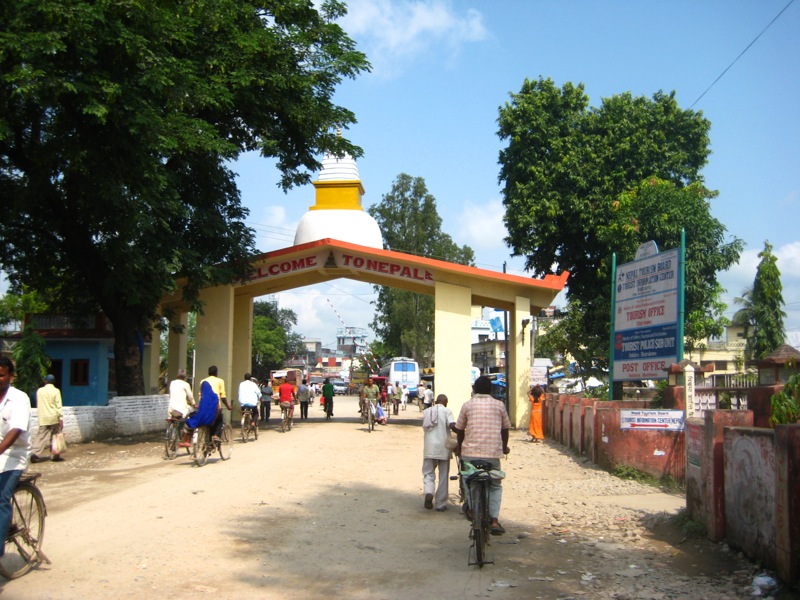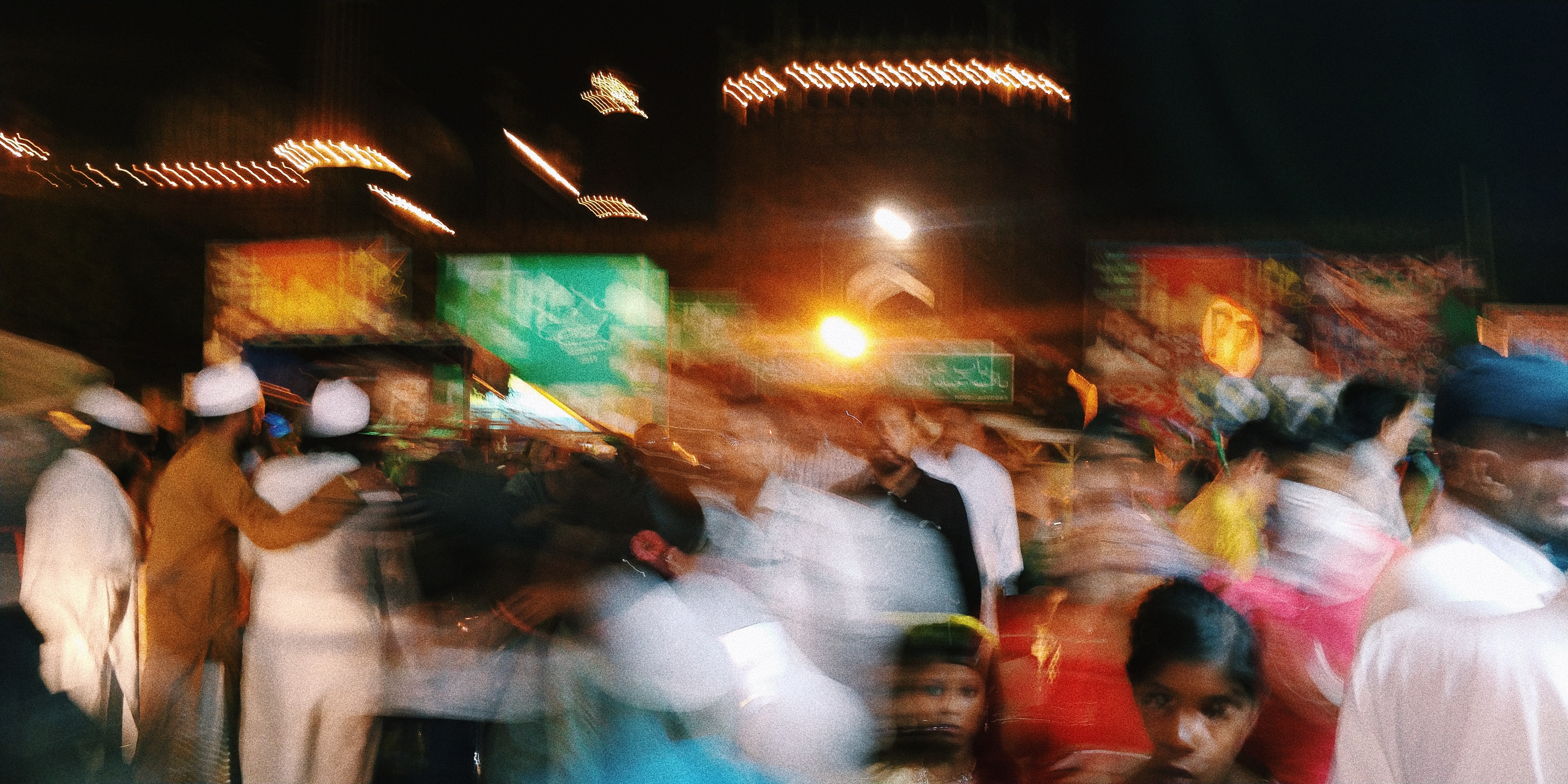On 24 March, in a bid to stop the spread of Covid-19, Indian Prime Minister Narendra Modi announced a complete lockdown of the country. In response, millions of migrant workers left their jobs and began to return to their home villages – but why? Here Sugandha Nagpal (O.P. Jindal Global University, India) and Vatsalya Srivastava (O.P. Jindal Global University, India) argue why most interpretations of their motivations to head home maybe wrong.
Our inability to view the migrant labourer as a multifaceted human being with complex needs and demands is not novel to the present crisis in which, the Indian government’s lockdown in response to Covid-19 has left migrant labourers stranded and vulnerable. It characterises much of the Indian state’s response to internal migrants, who have been engaged with through the lens of poverty rather than a comprehensive view of their social, economic, cultural and political lives. Even in the ongoing response to swarms of migrants trying to make it back home, the knee jerk reaction has been to provide them food, money and shelter. There is little acknowledgement that much like all of us in the time of such uncertainty and unrest, the migrant labourer may be motivated to seek solace with their families at home. The inadequacy of the government’s response and the urgency of the situation must lead us to revisit our assumptions about the migrant labourer. Only with a better understanding of their defiance of the lockdown can we expect to avoid a repeat of the scenes that have been playing out in cities across India.
The 2017 Economic Survey of India estimated that between 2011 and 2016 there were close to 9 million inter-state migrants. In 2011, the total number of internal migrants was 139 million. These numbers relay the scale of the present crisis and the number of people that may be affected. Most internal migrants come from Uttar Pradesh and Bihar followed by Madhya Pradesh, Punjab, Rajasthan, Uttarakhand, Jammu and Kashmir and West Bengal.
Over the last ten days, the national media has been reporting heart-wrenching stories of migrant labourers trying to walk hundreds of kilometres to their home states, mostly from the states of Delhi, Gujarat, Punjab and Haryana. Just a few days ago images of migrant labourers swarming to the Delhi bus terminal went viral. These stories paint the image of vulnerable migrants that were left high and dry by a sudden lockdown. Initially, most media accounts cited this movement as stemming from a loss of work. But in the last few days a more nuanced view of this reverse migration has emerged.
It is not only the loss of work that these migrants are concerned with, they are also worried about being separated from their families in this difficult time. In Gurdaspur, Punjab, despite being given assurances of food and shelter, a reported 5,000 of the city’s 15,000 migrant labourers have walked to their homes in Bihar and UP. Some have emphasised that they need to go back to take care of their family, others are returning to assuage their family’s fears. With the virus being seen as an urban problem brought in by the more privileged international migrants, villages in the migrant-sending states are thought of as being safer than cities and many simply want to go to a safer place. Others still, want to avoid the possibility of not being able to return home at all. They fear that if they do not return now and contract Covid-19, they may never be able to return home due to the stigma around the disease or the chaos that is likely to ensue in the coming months.
The Indian state appears to have been caught off guard by the resolve and number of migrant labourers who want to return home. The state’s uncoordinated and hasty response has primarily been driven by its understanding of what poor labourers need and want. This response has been concerned with two things: providing the migrant labourer with some food, temporary shelter and preventing them from returning home, lest they spread the virus in the hinterland. The initial assurances by some state governments to provide food and ensure rent-free accommodation did little to assuage the concerns of migrant labourers, who in the past rarely had any reason to trust state promises. They continued to try to get home any way they could. Some congregated at places like bus stands hoping to get some transport, others simply started walking. In response, some state governments arranged buses to shuttle migrants back to their home and even made provisions of food. Those who could avail of this temporary availability of transport arrived at their destination. Those who could not, have been locked behind sealed borders and set up in temporary shelters.
On 31 March, the Supreme court mandated the provision of food, shelter and medicines for humane treatment of the migrants that were stranded. While the Supreme Court judgement recognises the anxiety and fear of the migrants, and even recommends making counselling services available to the affected, the unfortunate aftermath of the initial government response continues to play out. Reports from Bihar and UP indicate that upon returning to their home villages, migrant labourers are being barred from entering their villages due to fear that they may be carrying the infection. In a stark example of government action that might exacerbate social discrimination: returning migrants were hosed down in chlorine solution by the district authorities of Bareily in UP. This treatment of migrant labourers is in contrast to the treatment met out to Punjabi international migrants, who despite being some of the initial carriers of Covid-19 in the state continue to reside in their villages and in many cases violate home quarantine measures.
The Supreme Court’s judgement with its emphasis on improving provision of food and shelter by the state is an extension of the state’s long-held position of treating migrant labour through the category of the poor. The Indian state has historically viewed internal migration as an economic problem to be addressed through employment generation programs like MGNREGA. The primary focus of such a program being to mitigate the circumstances thought to drive out-migration, by generating employment in rural areas and bridging wage differentials. This framework constructs internal migration as a problem that emerges only due to low levels of development in sending communities and states. It overlooks the social, political and cultural dimensions that underlie decisions to migrate, as well as experiences of migration. Anthropological studies on migration indicate that migration is often tied to ideas of modernity, progress, social mobility and in some cases becomes an important component of local cultural norms.
The lack of acknowledgement in the current crisis of the migrants’ desire to be with their families echoes a narrow construction of the migrant actor through the lens of their economic impoverishment. However, this approach not only overlooks the agency of the migrant actor, it is also short-sighted in ignoring that simply locking down people in temporary shelters, away from their social support systems is not sustainable. It is unreasonable to expect that large numbers of restive people can continue to be housed in temporary shelters. Many will try to find ways to escape their confinement and any instances of strong-arming by the state will probably worsen the situation.
A more sustainable way to manage the problem will have to take cues from the anthropological approach to migration and understand the crisis as one of thwarted aspirations and the fear of being stuck in limbo. This will require appreciating migrants’ choice to go home in poorer states, knowing that these states have promised less economic support and have fewer medical facilities. The policy intervention that will emerge from this holistic understanding of migrants can aim to facilitate their return home in way that manages the risk of migrants carrying Covid-19 into their villages.
One way of doing this is to ensure speedy and efficient testing of migrants housed in temporary camps. The urgent need for ramping up testing has been much much talked about, but nowhere is it more urgent than in these camps. Even if the shortage in testing kits persists, it would be prudent to prioritise these camps and the homeless, the others can still escape the worst by being locked in houses. Once it is established that the person carries no risk, arrangements for travel can be made via trains to the capitals of their respective states. These arrangements must be made by the central government to avoid any inter-state haggling. With plenty of spare railway capacity at their disposal, this should not be very difficult to arrange. Once in their state capitals, state governments can make arrangements for people to get back home. These measures will have to be supplemented with wide-spread information campaigns in the states of Bihar and UP, where most of these migrants will be returning to assure the people residing there that everybody who is returning has been tested.
These suggestions do not preclude the necessity of economic support but serve to point out that managing crises also involves developing a deeper understanding of the populace and their needs. While it is possible that the process of returning migrants home might create other problems such as determining who should be tested first, it is crucial to engage in these difficult decisions with the knowledge that at the present time there are no good outcomes only less bad ones. If a country like India, with its poor health infrastructure and limited state capacity, is to have any chance in the fight against Covid-19, it cannot be fighting its citizens. India’s hope lies in strengthening its weakest link and giving it the best chance to survive in the face of this growing threat.
This article gives the views of the author, and not the position of the South Asia @ LSE blog, nor of the London School of Economics. Photo: Construction Site. Credit: Aamiraimer, Pixabay.








1 Comments